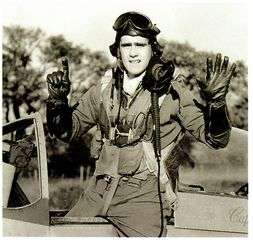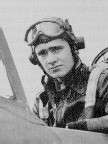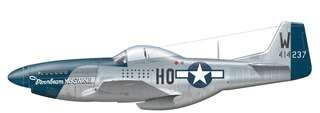
#2
Manfred Albrecht Freiherr von Richthofen (2 May 1892 – 21 April 1918), also known as the Red Baron, was officially credited with 80 air combat victories.
Originally a cavalryman, Richthofen transferred to the Air Service in 1915, becoming one of the first members of Jasta 2 in 1916. He quickly distinguished himself as a fighter pilot, and during 1917 became leader of Jasta 11 and then the larger unit Jagdgeschwader 1, better known as the "Flying Circus". By 1918, he was regarded as a national hero in Germany, and well-known amongst opposing forces.
Richthofen was shot down and killed near Amiens on 21 April 1918. There has been considerable discussion and debate regarding aspects of his career, especially the circumstances of his death. Richthofen was buried in the cemetery at the village of Bertangles, near Amiens, on 22 April 1918. Six of No. 3 squadron's officers served as pallbearers, and a guard of honor from the squadron's other ranks fired a salute. Allied squadrons stationed nearby presented memorial wreaths, one of which was inscribed with the words, "To Our Gallant and Worthy Foe". Richthofen remains perhaps the most widely known fighter pilot of all time.
Last words "kaputt"
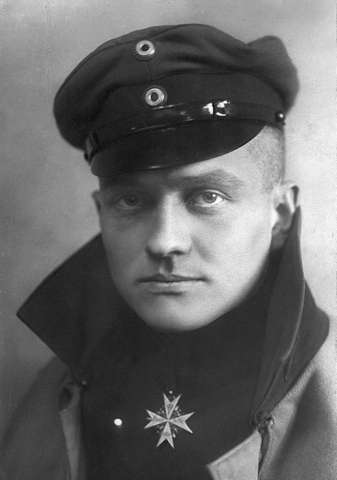
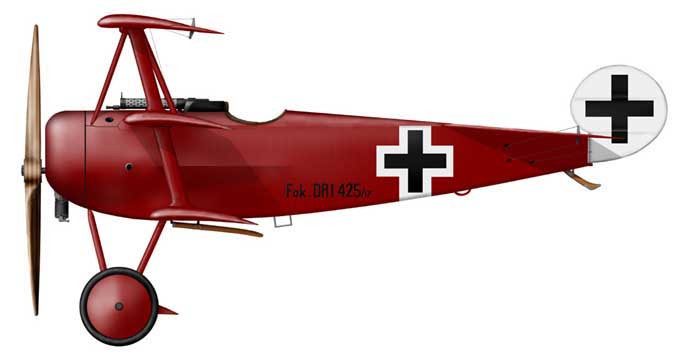
#3
William Whisner
Only one Air Force pilot was both an ace in two wars and a three-time winner of the DSC.
Lt. William Whisner joined the 352nd Fighter Group's 487th Squadron at Bodney, England, in the fall of 1943. He had the great good fortune to study air combat under two men who were to become masters of the art: Squadron Commander Maj. John C. Meyer and Capt. George Preddy, whose wing he often flew.
On Jan. 29, 1944, while flying a P-47, he downed his first enemy aircraft, an FW-190. The 352nd converted to P-51s in April. At the end of the following month, Whisner shot down a second -190 in a 15-minute dogfight against the best German pilot he encountered during the war. The next day, he shared an Bf-109 kill with Preddy.
After some hometime, Whisner, now a captain, rejoined the 487th Squadron in the fall of 1944. On Nov. 2, he downed a Bf-109. On Nov. 21 he led a flight of P-51s on an escort mission to Merseburg, Germany. As the bombers left their target, a large formation of enemy fighters struck. Meyer (now a lieutenant colonel) told Whisner to take a straggler in one of the enemy's three six-ship cover flights. In a linked series of attacks, Whisner shot down four FW-190s in the cover flight and probably got another.
With no more than two -190s left in the cover flight he had attacked, Whisner turned his attention to the main enemy formation, exploding a -190 that had not dropped its belly tank. Evading three -190s on his tail, he shot down another that was closing on one of his pilots. Then, low on ammunition, he joined up with Meyer and returned to Bodney.
For that achievement, Whisner was awarded his first Distinguished Service Cross--second only to the Medal of Honor.
During the Battle of the Bulge, which started on Dec. 16, the 487th Squadron was moved forward to airfield Y-29 near Asche, Belgium. On New Year's Day 1945, Whisner was one of 12 Mustang pilots led by Meyer that had started their takeoff roll when a large formation of FW-190s and Bf-109s hit the field. In the ensuing battle, fought at low altitude and before the 487th had time to form up, Whisner shot down a -190, then was hit by 20-mm fire. With his windshield and canopy covered by oil and one aileron damaged, Whisner stayed in the fight, shooting down two more -190s and a Bf-109. He was awarded a second DSC for that day's work--one of only 14 USAAF men to be so honored in World War II. (Meyer received his third DSC, the only Air Force pilot to receive three DSCs in World War II.) At the end of the war, Whisner had 15.5 victories, which put him in the top 20 USAAF aces of the European Theater.
Bill Whisner returned to combat in Korea, flying F-86s, and becoming the seventh jet ace of the Korean War and the first in the 51st Wing. Whisner was awarded a third Distinguished Service Cross, the only Air Force man other than Meyer to earn that distinction. He also became one of only six Air Force pilots who were aces in both World War II and Korea. In the post-Korea years, Whisner continued his career as a fighter pilot, winning the Bendix Trophy Race in 1953. After retiring as a colonel, he finally settled down in his home state of Louisiana. On July 21 1989, Col. William Whisner died of a yellow jacket sting.
